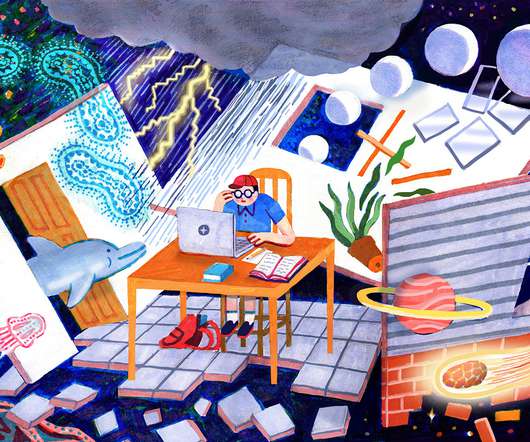OPINION: Creating better post-pandemic education for English learners
The Hechinger Report
MARCH 19, 2021
In other words, while distance learning may not be meeting all of English learners’ needs, we shouldn’t overestimate the effectiveness of the in-person instruction these children are presently missing — nor should we underestimate the value of the linguistic and cultural assets they gain from this additional time with their families.
















Let's personalize your content